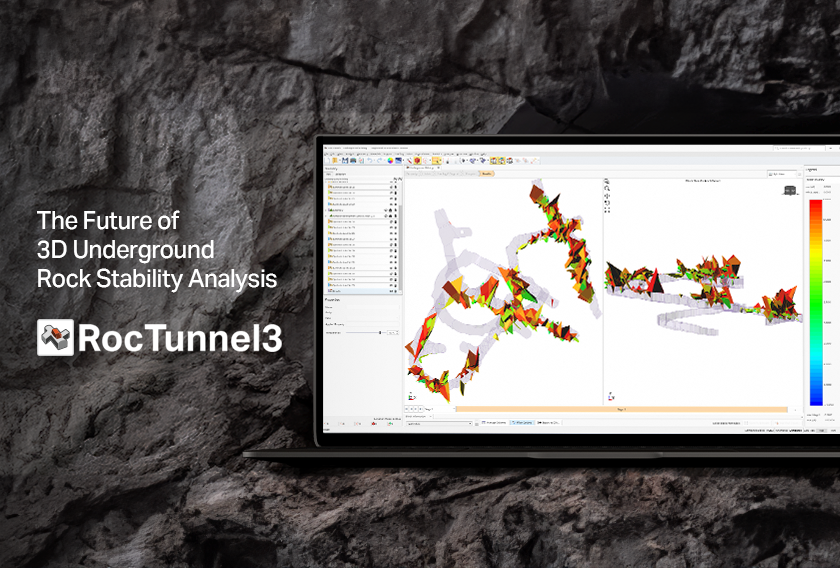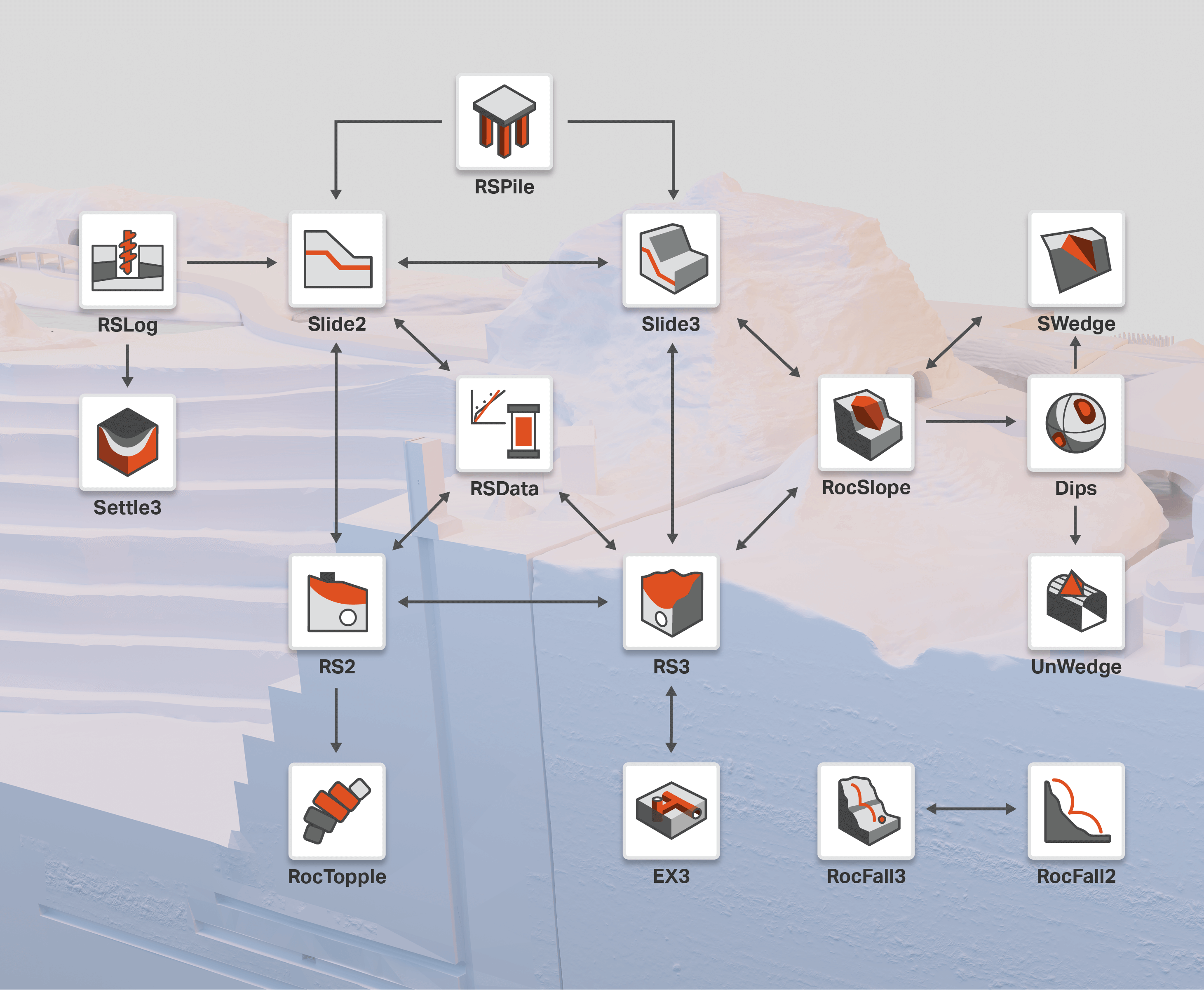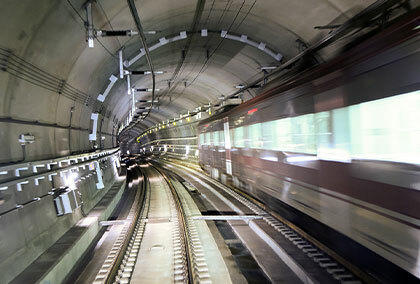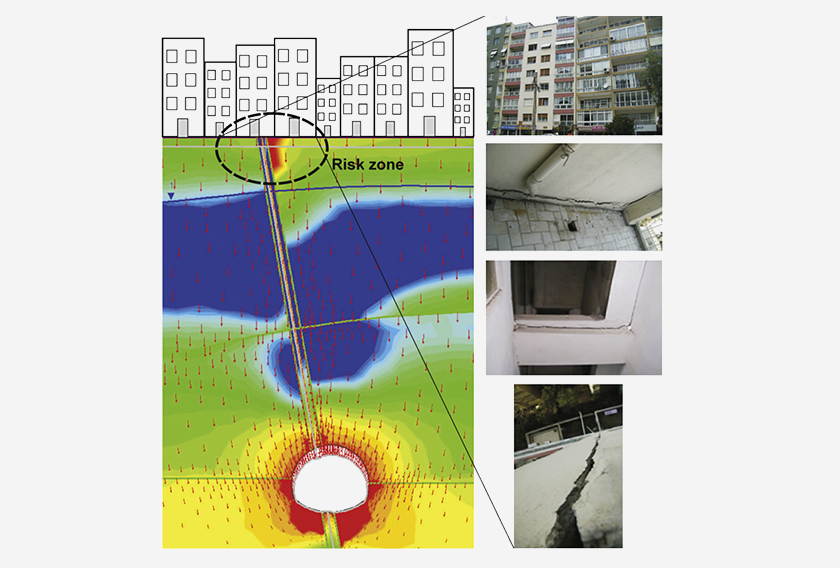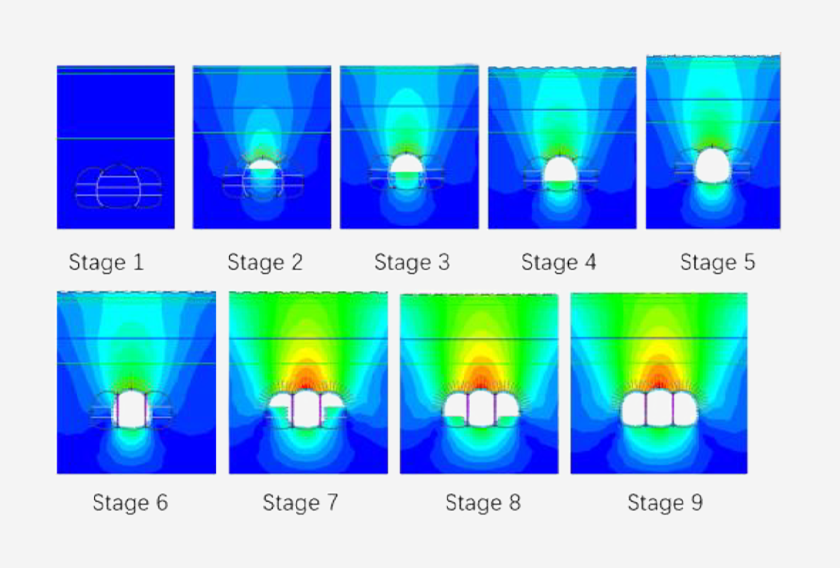Geotechnical Software for Tunnelling
Tunnelling is a specialized civil engineering discipline for designing and constructing underground openings for transportation and other purposes. It accomplishes this through the removal of soil and rock materials. Tunnelling projects can be challenging as each project presents a unique set of considerations, including varying geological and groundwater conditions and alignment constraints such as urban infrastructure.
Modern tunnelling requires many advanced techniques for planning and executing excavation, including back analysis, 3D visualization of tunnel paths, sequencing tunnel models, and analyzing tunnel axis trends – helping engineers successfully carry out tunnelling projects from start to finish.
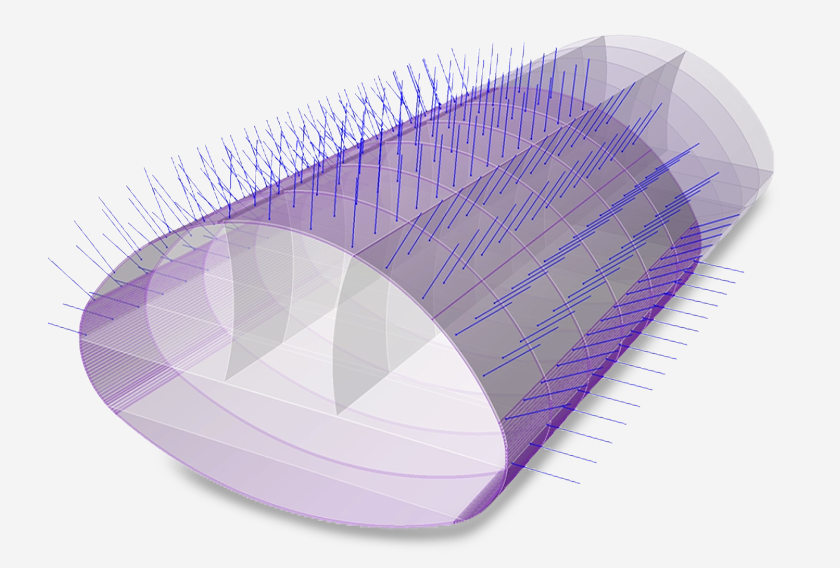
Identifying and overcoming tunnel engineering challenges
Engineers frequently encounter unexpected ground conditions, limited knowledge of pre-existing underground infrastructure, equipment interruptions, or significant tunnel design changes. These challenges subsequently increase tunnelling costs and time.
Geological conditions
Geological factors play an imperative role in tunnelling. Unforeseen material and groundwater conditions significantly tax engineering and construction resources, while highly variable ground conditions along the length of a tunnel add more complexity and workload. Therefore, tunnel designing and planning without thorough ground investigation often lead to safety hazards and delays in project delivery.
Tunnel alignment
One of the most critical steps of any tunnel project is determining the best tunnel alignment. Several factors, including geological conditions and surrounding infrastructure, can influence tunnel alignment. As a result, predicting the actual tunnelling length early in a project is often challenging in densely built-up areas.
Adjacent infrastructure
Because pile foundations support most high-rise buildings, tunnelling around these developments can cause major ground movements. It is of utmost importance to assess potential ground movements before tunnelling to prevent pile deformation.
Real-time data collection and monitoring
Real-time data collection and monitoring play a considerable role in tunnel excavation. It is also crucial to collect as much data as possible on geological materials (since they tend to be highly heterogeneous). Additionally, regular safety monitoring using sophisticated instrumentation helps minimize the hazards of tunnelling work. However, advanced monitoring instruments are not always readily available to tunnelling engineers to safely execute projects.
Creating a safer environment for Tunnelling
There is little margin for error when it comes to tunnelling projects. You are compelled to design for long sections of changing ground with scant data or knowledge. Consequently, you need to be incredibly efficient with your analysis and use of information.
The good news is that by using the right software for tunnel modeling and design, you can achieve these tough goals of performing quick preliminary ground investigations and in-depth analyses to identify hotspots which demand detailed design attention.
Rocscience Software Suitable for Tunnelling Projects
RS2
2D Finite Element Analysis
RS2 is a powerful 2D finite tool that helps you accurately analyze the stresses and deformations around tunnels that widely influence the success of your tunnel designing projects. Using the tool, you can build multi-stage models to plan and execute your tunnel and support design. With RS2's groundwater seepage analysis functionality, you can determine groundwater pressures and flows. Additionally, you can take advantage of the integration between RS2 and RS3 to verify your 2D and 3D analyses and increase confidence in your results.
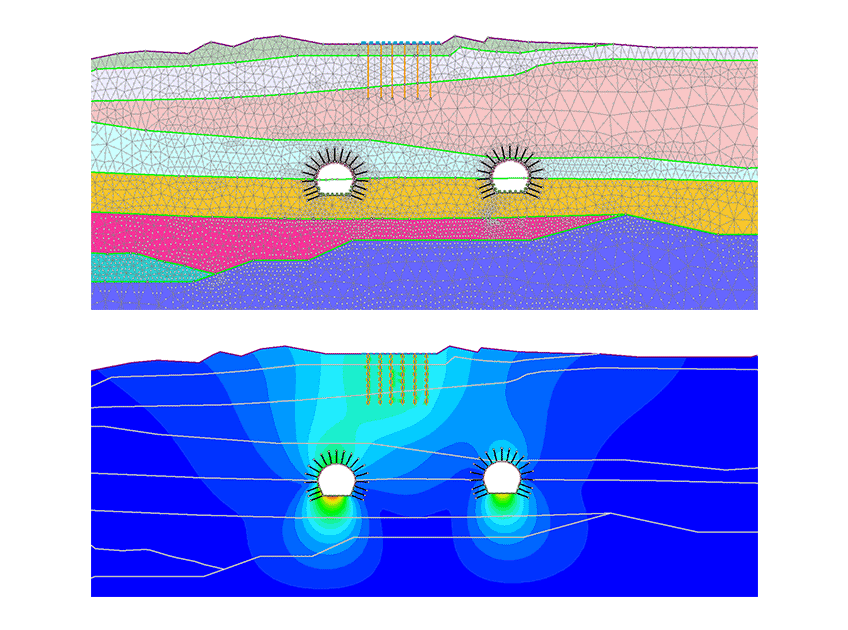
RS3
3D Finite Element Analysis
RS3 is a versatile finite element software for performing 3D stress and deformation analysis of underground and surface excavations. With advanced features like the 3D Tunnel Designer, you can develop optimal excavation sequences and build simple, fast, and easy-to-edit models. The program helps you visualize your tunnel, its alignment relative to other infrastructure, and its placement within the geological profile in 3D. You can combine RS3 with EX3, another Rocscience 3D numerical modelling program, to quickly and efficiently analyze the response of geological materials to tunnelling.
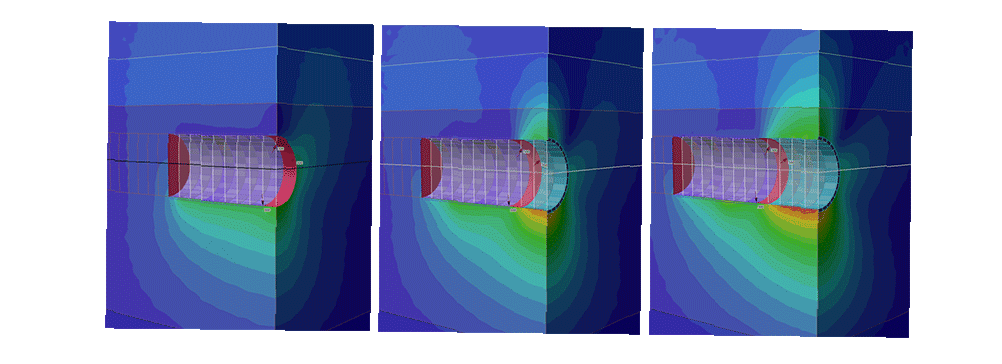
RocSupport
Support Estimation Using Ground Reaction Curves
While excavating tunnels in weak rock masses, RocSupport can be a valuable tool for effectively estimating tunnel deformation and support requirements. It can help you determine a safety factor for your tunnel support system by calculating ground and support reaction curves and their interactions. RocSupport has an array of predefined tunnel support systems to choose from: rockbolts, steelsets, shotcrete or custom support combinations.
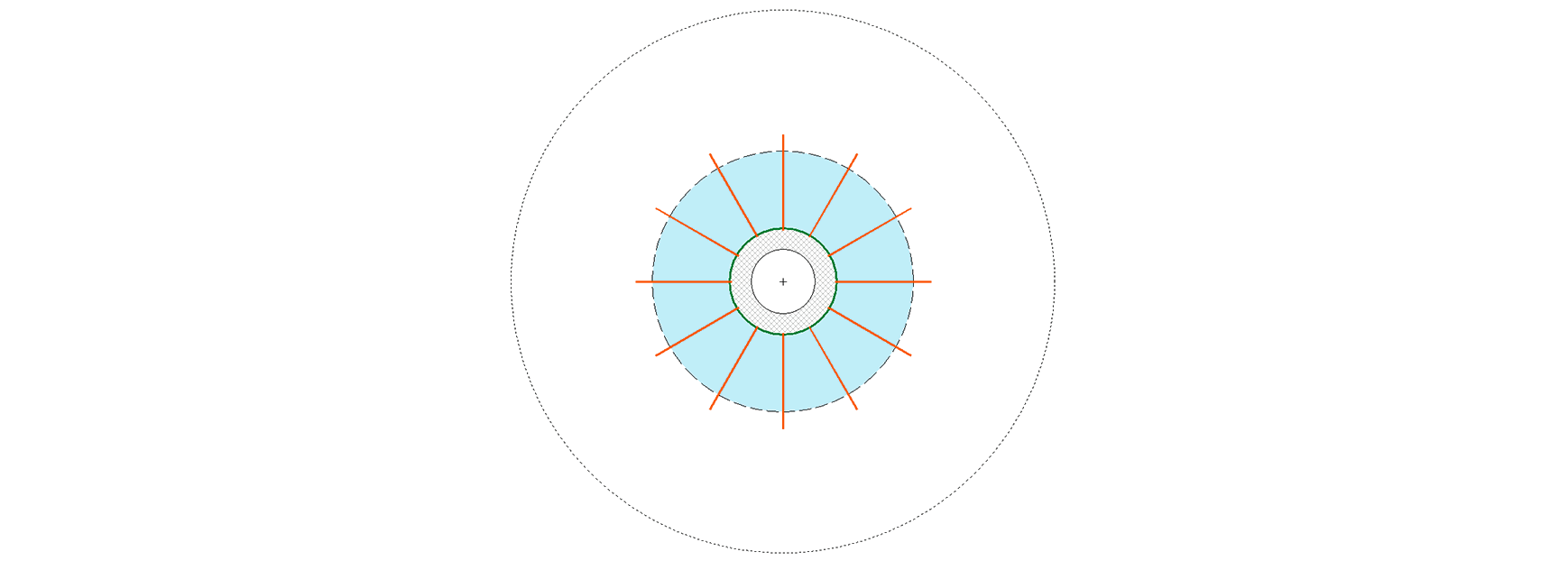
UnWedge
Underground Wedge Stability Analysis
Assess the critical factors of safety and support required to stabilize wedges in your tunnel project with UnWedge’s powerful analysis tools. Identify underground wedges formed by intersecting discontinuities and visualize them in 3D. Improve your excavation planning by optimizing tunnel orientation to minimize volumes of critical wedges. You can directly import joint orientation data (including joint set statistics) from Dips into UnWedge for quick analysis.
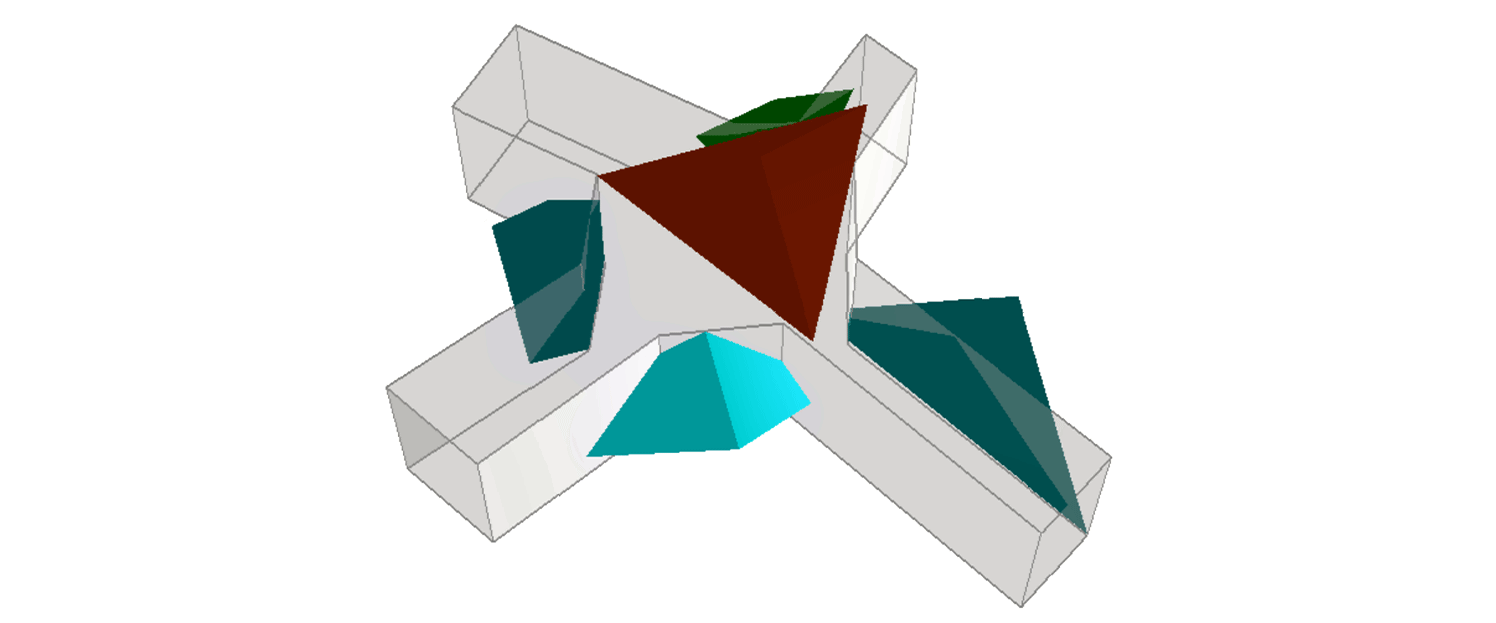
RSData
Strength & Stress Analysis of Rock and Soil Materials
RSData’s material strength and stress analysis capabilities can assist you in assessing and calibrating the properties of the geological materials encountered in your tunnel excavations. RSData lets you import lab data for multiple samples and quickly estimate the materials’ strength and behaviour parameters. Because RSData interoperates with Slide2, Slide3, RS2, and RS3, you can readily add material properties to any of your models created in these programs.
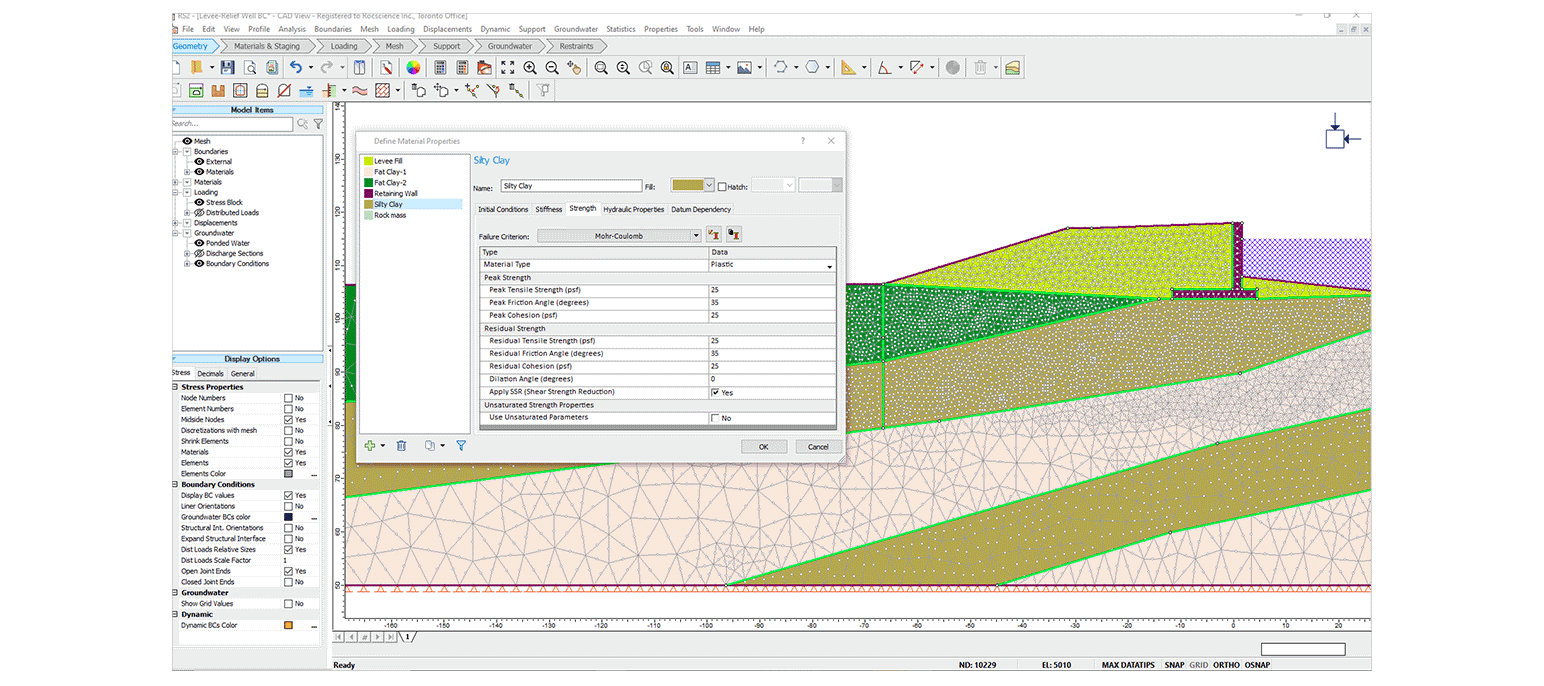
RSLog
Web-based Borehole Log Management
RSLog offers innovative ways to organize the logs from the many boreholes typically involved in tunnelling projects in one place. The web-based platform allows you to log in from any location to prepare and review your borehole data. It has a built-in cross-section designer that helps you visualize borehole data on plan view maps linked to GIS maps and create user-defined cross-sections. Using the Template Designer, you can customize borehole data in your reports and brand them with your company logo. RSLog integrates with Settle3 and enables you to export borehole data to Settle3 to define soil layers automatically; there is no need to enter data manually.
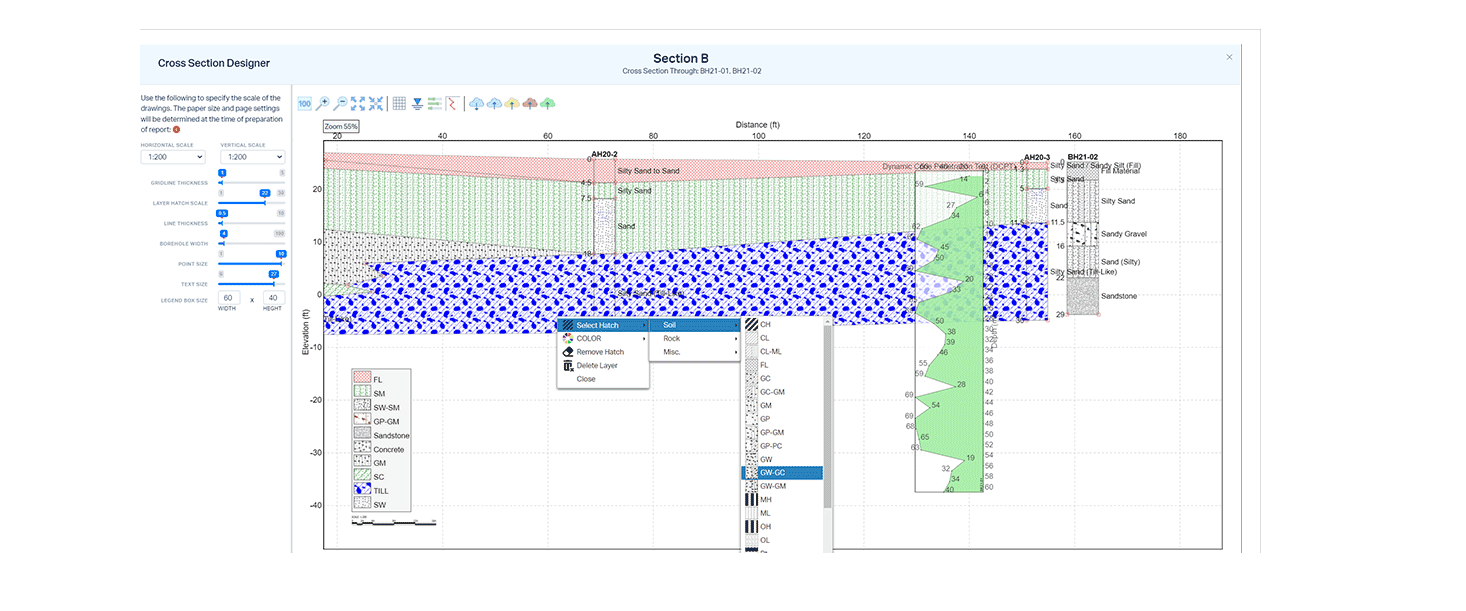
Rocscience Software - Helping you overcome every Tunnelling challenge.
Explore our software suite for tunnelling and see how each program is designed to meet your specific needs throughout the lifecycle of your projects.
